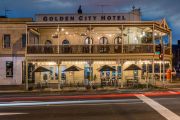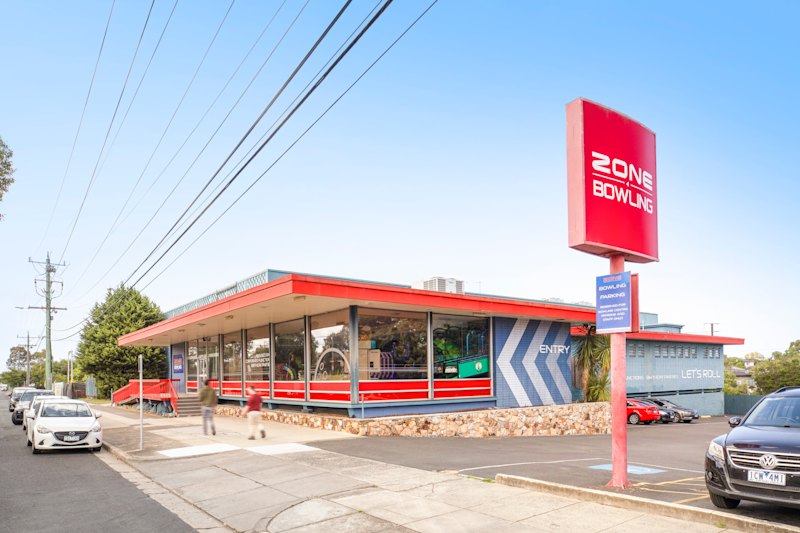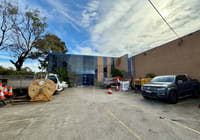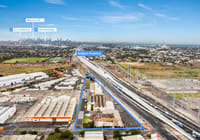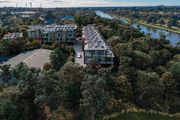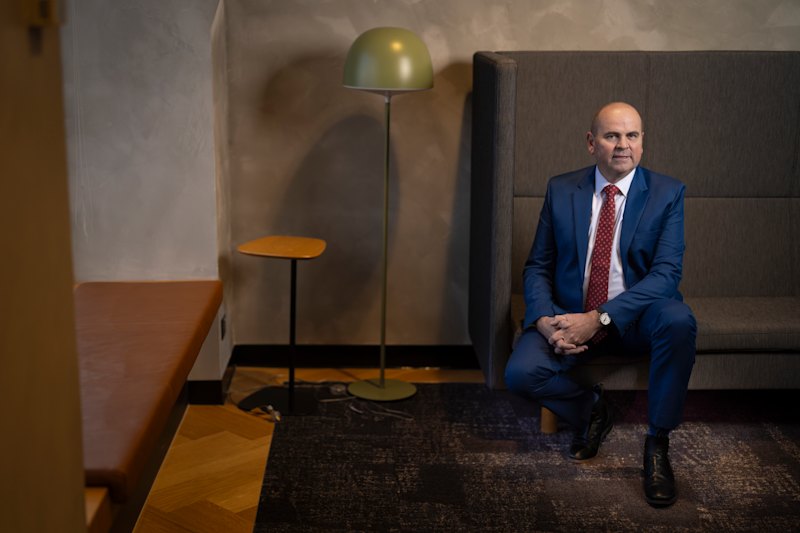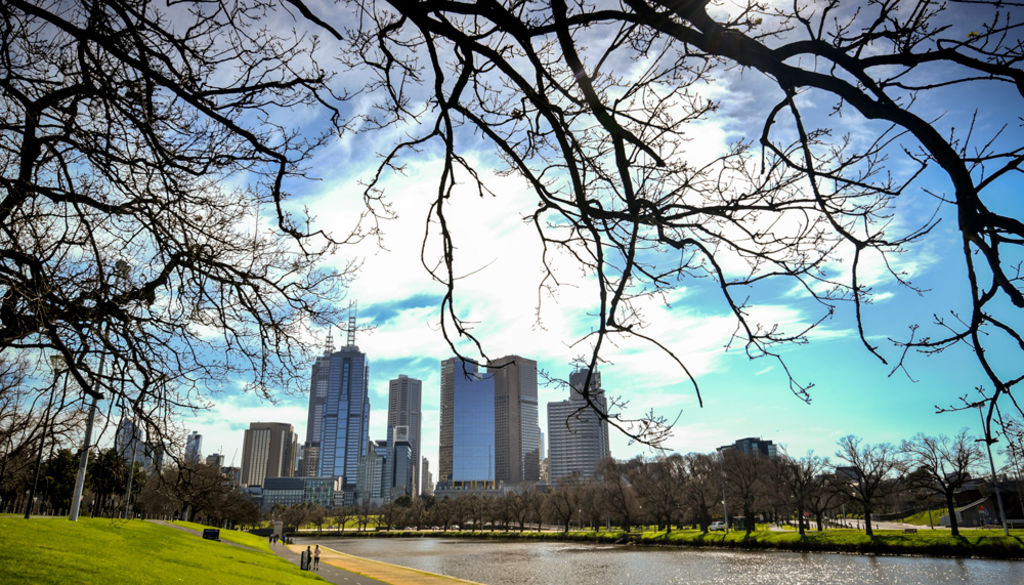
Top of the world: Melbourne crowned world's most liveable city, again
Broede Carmody and Aisha Dow
For the sixth year in a row, Melbourne has topped The Economist’s list of the world’s most liveable cities.
Lord mayor Robert Doyle said retaining the title was something for which all Melburnians should be proud.
“We do not take this title for granted and are constantly planning and implementing policies that will continue to improve our quality of life,” Cr Doyle said.
“It is an exciting time in Melbourne: We’ve got many major infrastructure projects under way, including the Metro Tunnel, and the proposed renewal of the Queen Victoria Market precinct.”
Sydney is one of the biggest losers of this year’s report, tumbling out of the top 10 most liveable cities. The harbour city fell four places to 11th, owing to a heightened perceived threat of terrorism.
Adelaide has managed to hold on to its title as the world’s fifth-most liveable city, tied with the Canadian city of Calgary.
Overall the survey reported increasing instability around the world, including through civil war and other violent acts.
“This has been a year undoubtedly marked by terrorism,” the report said.
“While not a new phenomenon, its frequency and spread have increased noticeably and become even more prominent in the past year.”
Paris (32nd place) and Athens (69th place) were among the cities that experienced the biggest declines in liveability in the past five years.
The Syrian city of Damascus – gripped by a bloody civil war – was ranked last among the 140 cities.
Vienna was ranked the world’s second-most liveable city, followed by Vancouver and Toronto, nipping at Melbourne’s heels by just a few percentage points.
Despite her pride in the city topping the table again, deputy lord mayor Susan Riley acknowledged Melbourne could still make improvements by planting more trees and providing better footpaths for pedestrians and cyclists.
Spread the word: our @Melbourne has been crowned ‘world’s most liveable city’ for an unprecedented 6th yr in a row! https://t.co/a4QheTy4Y6
— Robert Doyle (@LordMayorMelb) August 17, 2016
“The Queen Victoria Market [makeover] is another way we can go forward,” she said.
The accolade for Melbourne also comes amid a number of worrying changes for the city. In the past two years, the average number of people sleeping rough in the CBD jumped by 74 per cent, to 247.
Meanwhile, an Ernst & Young survey of more than 2000 Sydney and Melbourne residents found that 45 per cent of Melburnians were frustrated by the high cost of living (compared with 64 per cent in Sydney).
During Cr Riley’s press conference promoting the liveability survey, a woman interrupted and accused the council of not doing enough to tackle homelessness.
“It’s disgusting,” the woman shouted. “Can you imagine what it’s like for tourists? They come from overseas and see people sleeping in the streets. Melbourne should be ashamed of itself.”
In response, Cr Riley said council is working with “every agency in our city” to reduce the rates of homelessness.
“Yes, it is an issue, and we’re working on it,” she said.
The Economist’s liveability survey, which originated as a guide for corporations sending employees on overseas postings, rates each city by stability, healthcare, infrastructure, education, culture and environment.
The prevalence of petty crime, weather, corruption, censorship, public transport and the quality of private and public education are among the individual factors considered.
These indicators are scored as acceptable, tolerable, uncomfortable or intolerable, then weighted to produce a rating.
How did they calculate Melbourne’s score? One could assume that the experts at The Economist have been recycling their homework, as Melbourne’s liveability score hasn’t changed one iota since 2011.
Then, like now, the city lost points in the categories of stability and culture and environment. But it scored a perfect 100/100 in education, healthcare and infrastructure.
Of course anyone who has travelled on Punt Road during peak hour, or been among the thousands of people waiting for elective surgery, will know that while Melbourne may be pretty good most of the time, it’s far from perfect.
And when it comes to education, Australia has been slipping down the rankings for academic performance of OECD countries, ranking 14th behind Poland (11th), Vietnam (12th) and Germany (13th).
So why the perfect scores? The reason is that, for many of the indicators, the highest ranking category is “acceptable”, which means pretty good is, well, perfect enough.
The Economist also has a tendency to use old data. This year its report cited the 2013/14 crime rate for Victoria, which has since risen 10 per cent.
One has to wonder how long Melbourne will retain its liveability crown once this data is brought up to date, with only 0.1 percentage point separating it from its closest rival Vienna, Austria.
